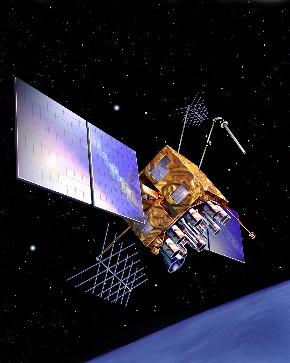
Air Force panel needs to push past status quo with space launch
A key Air Force panel appears ready to recommend the U.S. take a significant step in shoring up its space-launch capabilities by developing a domestic alternative to the Russian rocket engines that currently lift some of America’s most sensitive military and intelligence satellites into orbit.
The key question, however, is how long will it take and how much will it cost? How those two simple questions are answered will heavily shape the future of America’s military space program.
The panel’s report will be an important recognition that the status quo approach to national security space launch missions needs to change in order to reflect renewed tensions with Russia over Ukraine as well as the increasingly dynamic U.S. commercial space launch market.
According to a Bloomberg report, the Air Force panel reviewing U.S. reliance on Russian RD-180 rocket engines used to power Atlas V rockets found an American engine alternative could take up to 6 years at a cost as much as $1.5 billion. See the Bloomberg report. That is too long, and out of step with the sort of timeline government needs to aim for in order to capture the best that both commercial sector and traditional contractors have to offer. The U.S. has such options at hand and more are coming online in the next few years at the same time that satellite technology itself is undergoing a transformation that will be helped along by more frequent and cheaper launches. This is an era in national security policy where disruptions to long-held convictions and practices are the norm. For the Pentagon, such monumental shifts need to be internally generated or such shocks will be caused by adversaries and rivals.
The situation is emblematic of larger challenges the Defense Department faces in encouraging competition and innovation by leveraging commercial suppliers and business models. By working faster to open up its military space launch opportunities to more firms, the Air Force can encourage entrepreneurship within the military and commercial segments of the space launch market to give the Defense Department innovative and cost-effective space access. This comes back to the need for a national security strategy for space that prioritizes resilience, including the ability to rapidly and affordably replace damaged or destroyed military and relevant civilian space assets.
This has become a matter of will as much as time. Right now, the U.S. is short of both.
Read the report “Overcoming Asymmetric Risks in Space.
Read more about U.S. National Security & Space.





